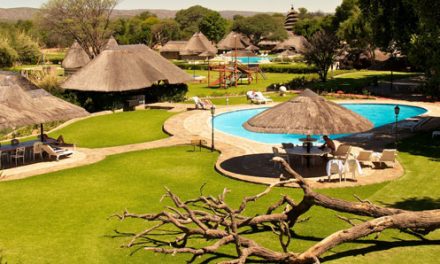
The Business of Tourism

Eloise Du Plessis, the Country Manager of Business Partners International Namibia
A. Check on the licenses and other legal requirements. In order to register at the Namibia Tourism Board as a shuttle and transport service operator you need the following:
1. Pay the prescribed application fee.
2. Proof of company registration.
3. Proof of ID, permanent residence of owner.
4. Proof of ID, permanent residence or work permit of manager/courier/drivers, etc.
5. Proof of public road carrier permit for vehicles used for tours.
6. Proof certificate of fitness of road worthiness for vehicles used in operation.
7. Certificate of public and passenger liability insurance inclusive of professional indemnity.
8. Proof of public driver’s permit / driver’s license endorsed with PA.
9. Proof of valid first aid certificate of staff escorting clients.
10. Copy of VAT certificate.
11. Good standing and registration certificate with the Social Security Commission (source: www.namibiatourism.com.na) B. Prepare a business plan to prove the feasibility of your concept. This will require some intensive research, such as looking at competitors, your target market and their needs, and do on. C. Determine the position that your product will occupy in the marketplace. Will it be up-market, budget or somewhere in between? D. Identity your competitors and determine if your product can compete with theirs. Try to identify the unique selling point (USP) or product difference that will give you a competitive edge. E. Ensure that your business is structured to maximise management and operational efficiency, while minimising expenses.
Hire an accountant and lawyer who can assist you in achieving your goal. F. Investigate insurance. Cover will be needed to protect the business, staff and shareholders against the eventuality of claims. Be sure to take out adequate cover. G. Plan where you want to be in a few years, the type of clients you will have, where they come from and any expansion that you envisage. Commit these plans to paper giving yearly targets that must be measurable. H. Determine the marketing strategies and actions that need to be taken to reach your customers and achieve targets. This will include selecting and servicing distribution channels, advertising and promotional activities. I. Regularly monitor results and always remain customer driven (not product driven). If your customers’ tastes and needs change then your product may have to follow suit. J. Keep your product fresh and consider ways to encourage loyalty, which will generate repeat business. The tourism industry in Namibia is both a tough and profitable industry to get into. If you plan well and get the right backing, your chances of success will greatly improve. This is the final article in our “Entrepreneurs in Namibian Tourism” series.











































